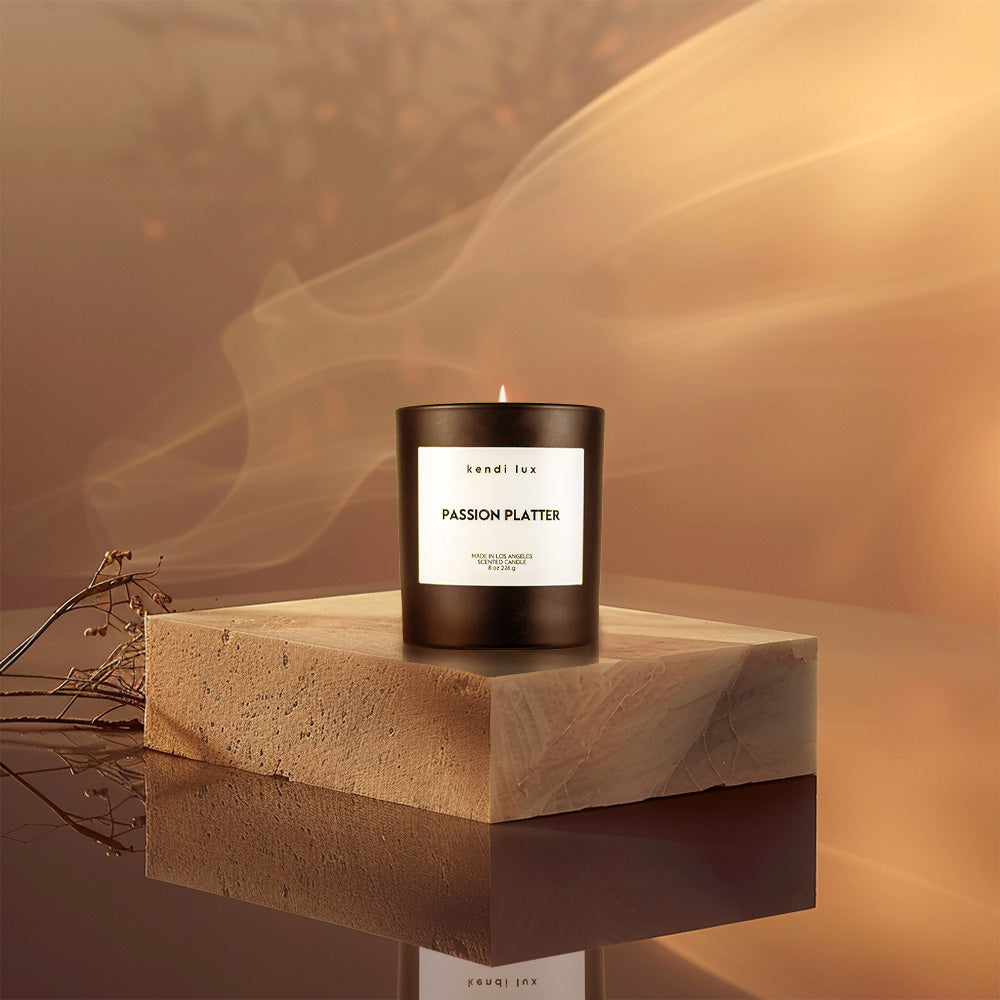
Behind The Glow: How A Wick Influences Your Candle's Burn
When it comes to enjoying a relaxing evening at home, few things compare to the warm glow of a burning candle. But have you ever stopped to think about what makes that candle burn so beautifully? The answer lies in the often-overlooked component known as the wick. The wick plays a crucial role in maintaining a consistent and clean burn, making it essential to understand how it works. In this post, we will delve into the world of candle wicks and explore how they influence the overall burn of your favorite candles.
The Anatomy of a Candle Wick
A candle wick, while appearing as a mere piece of string, embodies a pinnacle of design precision vital for optimal combustion. Predominantly crafted from braided cotton, the wick undergoes a meticulous treatment process with chemicals aimed at optimizing its burning characteristics. This treatment not only affects how efficiently the wick burns but also influences its ability to draw wax upwards, a crucial aspect of the candle's functionality.
The intricacies of a wick's construction are not limited to its material composition. The density and tightness of the braid play pivotal roles in regulating the capillary action, which is the force that propels the melted wax along the wick towards the flame. This delicate balance ensures a steady supply of fuel to the flame, contributing to a consistent burn and maximizing the candle's lifespan.
Moreover, the wick's diameter is carefully selected based on the candle's size and the type of wax used. This customization is essential, as different wax compositions melt at various rates, and the wick size must be optimized to match these characteristics. A wick that is too large for the candle may cause it to burn too quickly, leading to a wasteful and potentially unsafe burn. Conversely, a wick that is too small may not generate enough heat to maintain a stable melt pool, resulting in tunneling or uneven burning.
Understanding the anatomy of a candle wick reveals its role as more than just a conduit for the flame. It is a core element, engineered with precision, to enhance the candle's burn efficiency and overall performance.
The Science Behind the Burn
At the heart of every candle's glow lies a fascinating scientific phenomenon. Igniting the wick initiates a sequence of events crucial for the candle's function. The flame's heat liquefies the nearby wax, transforming it into a molten pool that acts as the candle's fuel source. This liquid wax is then absorbed by the wick through capillary action, a process where the liquid spontaneously rises in a narrow space such as the spaces between the fibers of the wick, despite the force of gravity working against it.
As the absorbed wax ascends, it moves closer to the flame, where it reaches its boiling point and vaporizes. The wax vapor mixes with oxygen in the air, and this mixture ignites to produce the flame. This continuous cycle of melting, absorption, vaporization, and combustion allows the candle to emit light and warmth, creating the soothing ambiance we all enjoy.
The efficiency of this process is greatly influenced by the wick’s attributes, including its material composition, size, and treatment. These factors determine the rate at which the wax is consumed and the stability of the flame. A well-crafted wick ensures that the fuel is vaporized at a consistent rate, preventing issues such as smoking or flickering and contributing to a cleaner burn. Hence, the science behind the burn underscores the importance of a well-designed wick in achieving a perfect candle experience.
Common Wick Problems and How to Solve Them
Candle enthusiasts often face challenges with wicks that can detract from the enjoyment of their candles. One notable issue is the phenomenon known as "mushrooming," characterized by the formation of a carbon buildup at the wick's tip. This not only looks unappealing but can lead to an uneven and sooty burn. Regularly trimming the wick to about a quarter of an inch before lighting can significantly mitigate this problem, ensuring a cleaner burn and reducing the production of soot.
Another issue arises when the wick is too long, leading to a flame that is excessively large. This can cause the candle to burn through wax at an accelerated rate, reducing the overall lifespan of the candle. It may also result in a smoky burn, depositing soot on nearby surfaces. Keeping the wick trimmed to the recommended length can help maintain an ideal flame size.
"Drowning" wicks present a different challenge, where the wick becomes overwhelmed by the melted wax and struggles to maintain a flame. This often occurs if the candle burns for too short a time, preventing a full melt pool from forming. Ensuring that your candle burns long enough to allow the wax to melt evenly across the surface can prevent the wick from becoming submerged.
Addressing these common wick issues through regular maintenance not only enhances the performance of your candles but also extends their life, providing you with a more enjoyable candle-burning experience.
Maintaining Your Candle Wick for the Perfect Burn
To achieve the best performance from your candles, wick maintenance is key. Begin by trimming the wick to a quarter inch in length before lighting your candle every time. This simple act can significantly reduce the risk of mushrooming, which leads to a cleaner and more even burn. Keeping the wick properly centered within the candle is also crucial for promoting an even melt and preventing tunneling. If you notice your candle starting to burn unevenly or producing soot, extinguish it, then carefully trim the wick and relight. Regular attention to the wick's condition not only enhances the burning experience but also extends the life of your candle, allowing you to savor its ambiance and fragrance for a longer period. Following these maintenance tips ensures your candles remain a delightful addition to your home, burning brightly and cleanly session after session.



